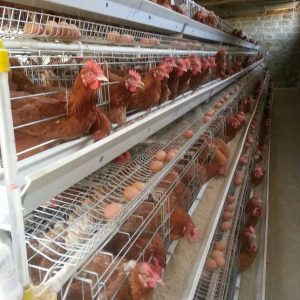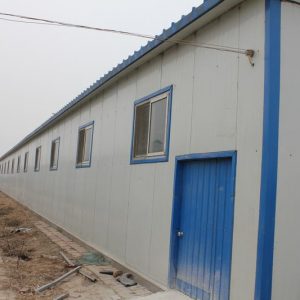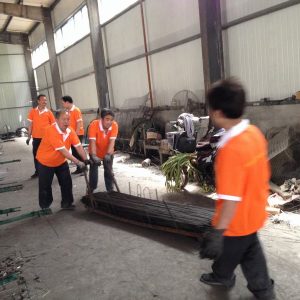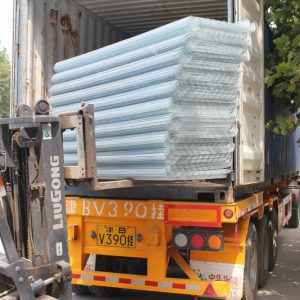
What if poultry lack vitamin B11 and B12?
Lack of vitamin B11.
Vitamin B11 is also called folic acid and leaf essence. Its role is to promote the formation of new cells and the maturation of red blood cells and white blood cells. Folic acid is very rich in yeast powder and liver meal, and it is rich in alfalfa meal, cotton kernel meal, wheat bran and green feed. Other feeds also contain some, but corn is relatively poor. The content of folic acid in the compound feed can basically meet the needs of chickens, and it is generally not lacking and not generous. It is more reliable to supplement with multidimensional elements. Only high-quality multivitamins contain folic acid.
1. Symptoms: When young birds and young birds lack folic acid, growth is hindered, anemia occurs, head and neck paralysis (head and neck are stretched forward and drooping), beak touches the ground, feather pigments of colored feather species are insufficient, and white feathers appear. Lack of folic acid will also increase the choline requirement of the young birds. When 2 grams of choline is contained per kilogram of feed, they still feel insufficient, which can cause osteoporosis. When adult birds lack acid, the egg production rate and egg hatching rate are affected.
2. Prevention and treatment: When folic acid is lacking, feed more green feed. Choose multivitamins containing folic acid, and conditionally feed some yeast powder, liver powder, fresh liver, etc. to supplement, the effect is better. If necessary, folic acid can be used for treatment. Add 50 mg per kilogram of feed.
lack of vitamin B12.
Vitamin B12 is almost entirely present in animal feed, and plant feed contains almost no vitamin B12. Vitamin B12 is a cobalt-containing compound that can be synthesized by intestinal microorganisms, but the content cannot meet the needs of most poultry, especially in areas lacking cobalt. Vitamin B12 should be added to most poultry diets, especially chicks and breeder feeds. Chicken manure is one of the sources of vitamin B12, so online chickens are more prone to vitamin B12 deficiency than ground chickens.
1. Symptoms and lesions. When chickens are lack of vitamin B12, they will show insufficient feathers, kidney damage, decreased plasma protein, and increased non-protein nitrogen and glucose levels in the blood, which can lead to death in severe cases. When chicks lack choline and methionine at the same time, stubborn bone disease and tendinopathy can occur. When adult chickens are deficient in vitamin B12, egg production will decrease, the hatching rate of breeding eggs will drop sharply, the embryo will die in the shell, and the mortality will be around the 17th day of incubation**. The main pathological changes of the embryo are small embryo shape, muscle atrophy of the legs, diffuse hemorrhage, short and thick bones, edema and fatty liver. The hatched chicks have a high mortality rate. In addition, the hens also showed inflammation of the gizzard and decreased body condition.
2. Control. Vitamin B12 in natural products comes from microorganisms, and the richest content is fermentation residue. Supplement fish meal, meat scraps, liver meal and yeast in the feed, or feed it to cobalt chloride and special fermentation with microorganisms that can synthesize vitamin B12. Can prevent the occurrence of vitamin B12 deficiency. Intramuscular injection of 2 micrograms of vitamin B12 preparations for diseased chickens can improve egg production and hatchability. Adding 4 mg of vitamin B12 to every 100 kilograms of feed for breeding hens can maintain a high hull rate of chicks.



